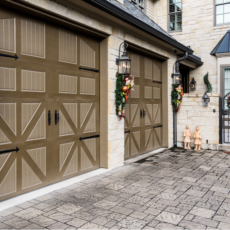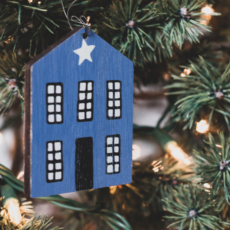Texas offers diverse landscapes, economic opportunities, and a rich cultural heritage, making it one of the most desirable places to live in the U.S. However, homeowners across the state face an array of environmental challenges due to its unpredictable and often severe weather. From hurricanes along the Gulf Coast to tornadoes, hailstorms, high winds, and intense UV exposure, Texas homes are frequently tested by nature. Weatherproofing and sustainable building practices are essential for maintaining resilient, long-lasting homes in such a climate.

Start at the Foundation
The foundation is the most critical component of any home, and protecting it from damage is essential for long-term durability. In regions prone to heavy rain, such as the Gulf Coast, moisture infiltration is a significant concern. Modern foundation waterproofing uses a comprehensive approach that protects against absorption from the soil and more heavy hydrostatic pressure. This will keep groundwater moving away from the foundation in even the most torrential downpours.
Consider Upgraded Framing
If you are looking to build in the Houston area, it is worthwhile to consider the ICF trend for your home’s walls. Traditional structural wood panels are highly moisture absorbent. They also tend to feature a number of small imperfections that lead to cracks and crevices between panels.
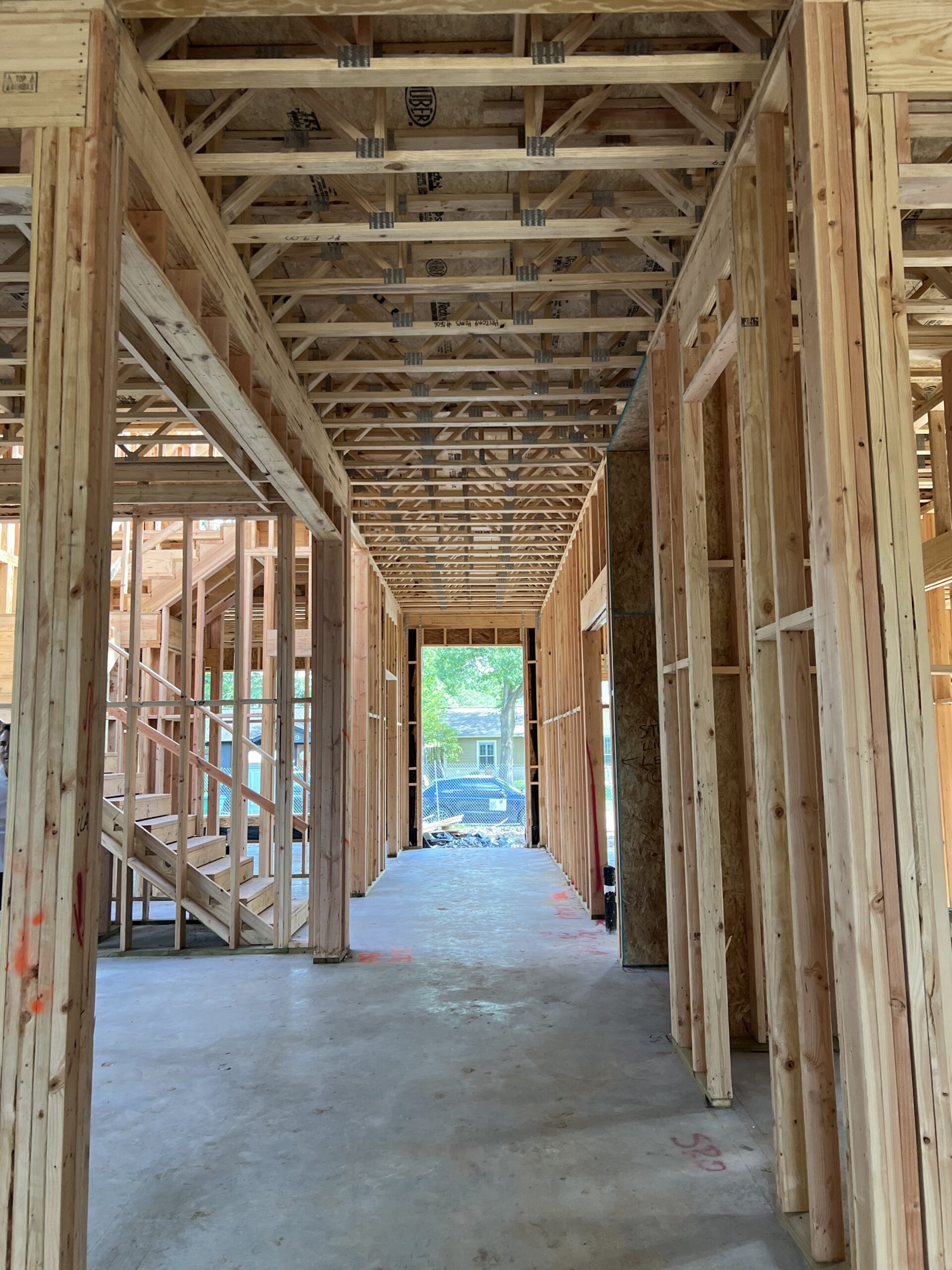
This means that when blowing moisture breaks through the cladding, the framing becomes highly susceptible to mold, rot, and other moisture-related issues. ICF uses a series of interlocking insulation blocks that are set with concrete. The result is a solid, one-piece frame that offers elite resistance to air and moisture.
Fortify the Windows
Air and moisture transfer follow the path of least resistance. In many cases, this path lies in weak window-to-wall transitions. It is crucial to apply a high-quality water sealant to all joints in the window system. For the most robust protection possible, it is worthwhile to consider hurricane-grade storm windows.
This advanced solution uses reinforced glass and structural steel framing to withstand even the most severe conditions. With the ability to handle winds up to 250 MPH and projectile impact up to 100 MPH, they give Gulf Coast homeowners peace of mind for successfully navigating hurricane season.
Modernize the Cladding
Cladding plays a key role in weatherproofing and protecting the exterior of a home. Traditional materials like wood planks and brick, while aesthetically pleasing, are not ideal for Texas weather. Wood can swell, warp, and rot with excessive moisture, while bricks may crack from water infiltration or the extreme temperature changes common in Texas.
Modern cladding options like fiber cement or steel log siding are far more durable and resistant to the elements. These materials mimic the look of traditional wood and masonry while offering better protection against moisture, wind, and UV damage. They also require less maintenance and can withstand impacts from hailstones and flying debris, which are common in Texas storms.
Prioritize the Roof
The roof is the home’s first line of defense against the elements. It must be able to withstand high winds, heavy impact, and consistent UV exposure while maintaining the utmost aesthetics and structural integrity of the home.
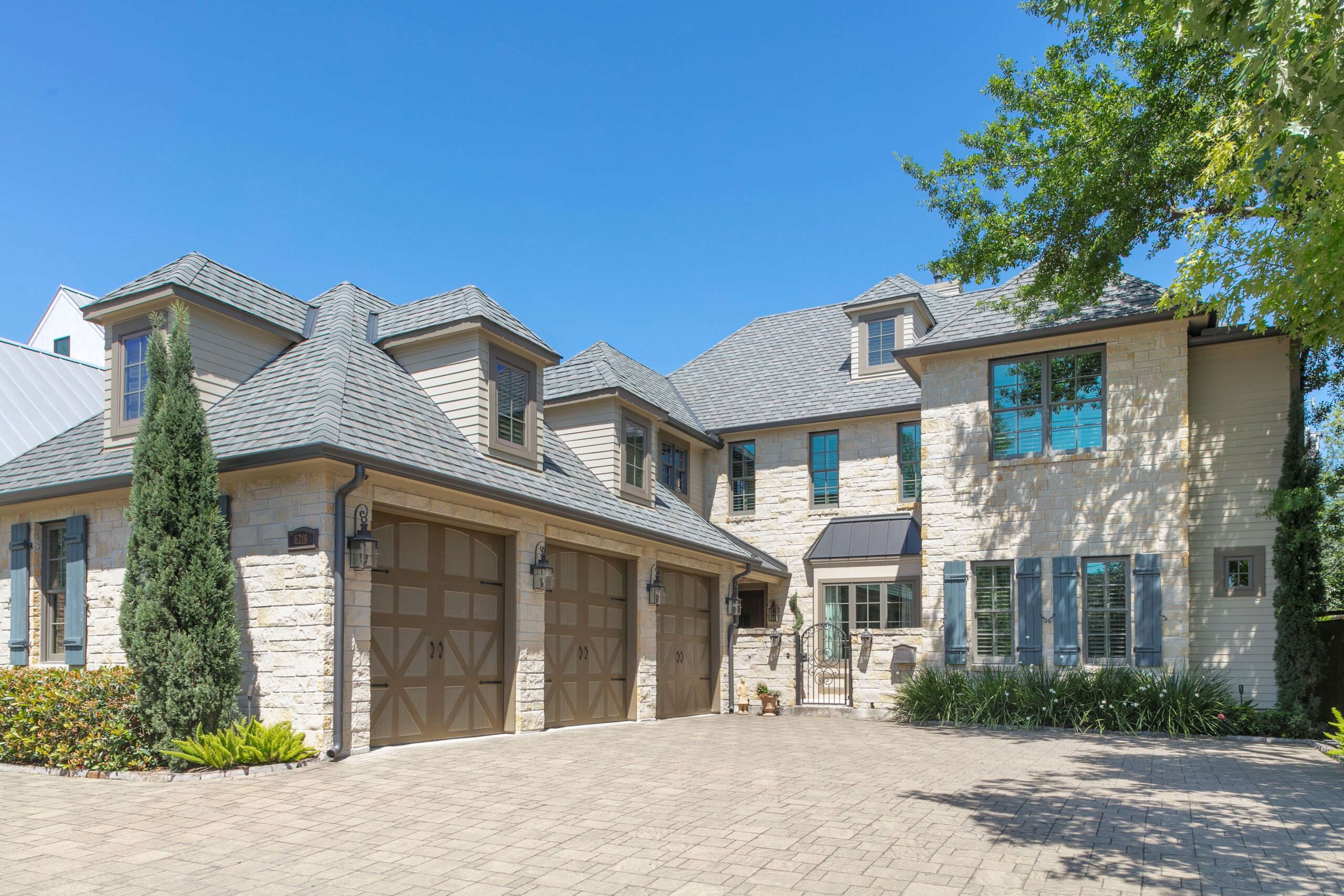
For Gulf Coast homeowners, it is worthwhile to consider the merits of composite hail resistant shingles. These innovative shingles can be fabricated in a wide range of designs and styles to match the exterior theme of any home. With the ability to resist projectile debris, hail, and winds up to 110 MPH, they are the perfect solution for homes needing heavy-duty protection from the elements.
Ensure Exterior Drainage
In the middle of a hurricane, homes will experience a month’s worth of rain in a matter of minutes. Without the appropriate drainage infrastructure, the house will have little chance of avoiding damage. Be sure that all lawns are adequately sloped away from the home’s foundation.
Install slot drains at strategic points throughout the landscaping. Consider the merits of a permeable rock driveway instead of traditional concrete. This innovative system uses a series of substrate paver grids to hold the surface rock in place. This prevents erosion and maximizes stone’s natural permeability, reducing the heavy runoff risk inherent to concrete surfaces.
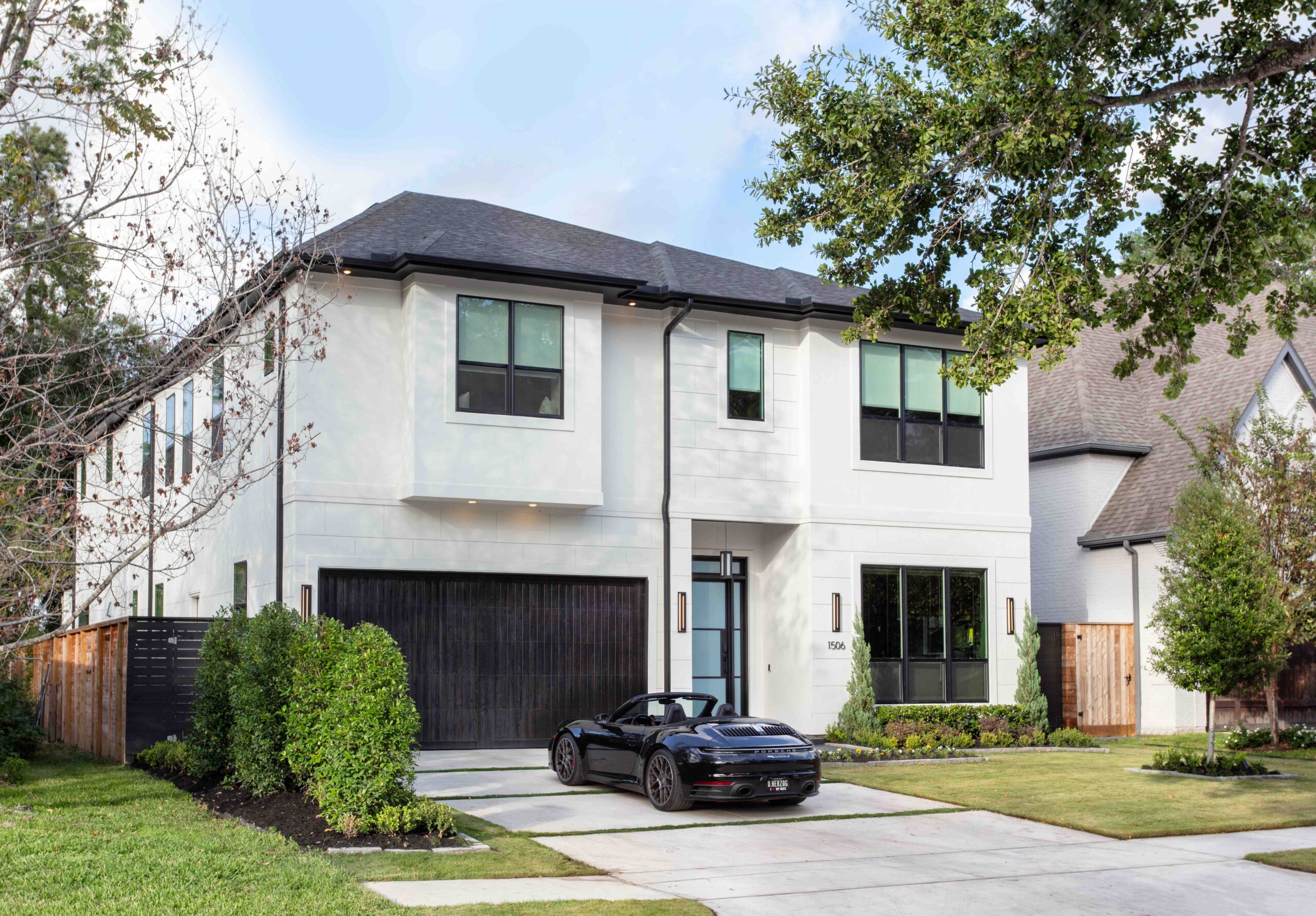
Help Your Texas Home Shine Via Sustainability and Weatherproofing Measures
With proper planning and the right weatherproofing measures, homeowners can effectively safeguard their properties against the full spectrum of natural disasters common to Texas. For more of the latest trends in Houston real estate, explore the resources at Pamela Hope Designs for the leading market insights.

Natalie Akins is a freelance writer that loves sharing her knowledge and expertise in interior design and remodeling. She also has a background in the Hospitality and Real Estate Industry. She lives in her hometown of Austin, Texas where she enjoys spending time with her husband and decorating with her children. Natalie’s work as a freelance writer can be found on Building Product Advisor, a new construction industry resource site.

